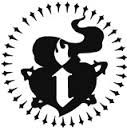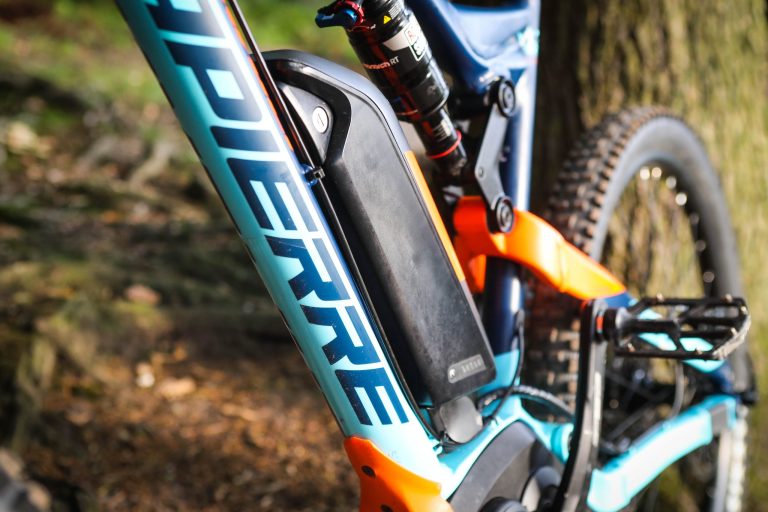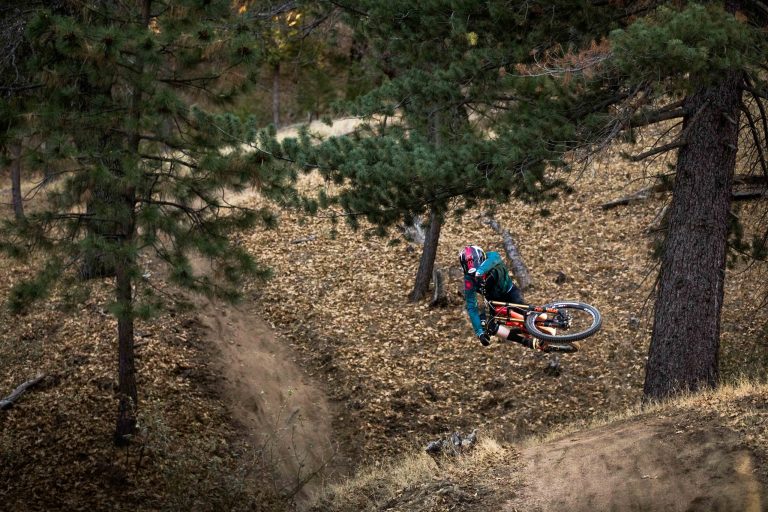
Every issue we pose a question and get various people to answer it. This time is it…
Why do bike companies feel that they have to produce a new range every year?
DIRT ISSUE 132 – FEBRUARY 2013
Words by Mike Rose. Photo by Sven Martin
Every issue we pose a question and get various people to answer it. This time is it…
So why is it that some bike companies feel the need to revamp their ranges every year? Why have bike companies become like fashion houses? Has it always been like this, is it just tradition, is it because of new components or is it just because it is the way it is? Does the industry need ‘feeding’ on a yearly basis? Some companies only change designs and ranges when they feel the need, whereas for some it is every year (even if that just means a different colour and new stickers).
SIMON WILD – SARACENI don’t think all bike companies ‘feel’ they have to launch new ranges yearly, it’s the market that demands continuous improvement, refinement and new product. These pressures come from all areas; from other brands and component makers, to dealer requirements and end consumers. Every season there is something…a small but important step or a massive paradigm shift in the way we are riding. For me it’s about making what you feel is right without forgetting what’s going on the market.
As a product manager we balance price, weight, market perception, delivery and most importantly performance across all categories of parts. Add into that knowing what colours are in vogue and the annual product launch gets closer and closer!
Our usual product cycle is similar to many other industries. Although we revamp colours and decals on a yearly basis our chassis all tend to have a 2–4 year life. That’s not to say we stay still. We prefer to work on steady evolution of an idea. If it aint broke then don’t fix it, but if you can make it better then push on.
Our designs evolve based on feedback from customers, dealers, magazines and development in manufacturing processes. I remember when Interbike was the show for new products but now Eurobike feels to have more new product launches and the internet gives us the opportunity to launch products globally out of the traditional Autumn timezone. But back to the original question – annual ranges keeps things fresh and keep the brand product interest going.
JEFF STEBER – INTENSE CYCLESI think there is a new trend and this is something we have adapted in recent years to retain certain models and just do improvements/refinements to those models much as the high end car manufacturers do. Example: our M series DH frames M1, M3, M6, M9 and all ran multiple model years with refinements along the way, but still keeping within the original DNA. It can be very costly and especially for small manufactures to completely re–tool every season. The plus for new models is that it will generally create a positive spike in sales and especially if it is a good design with good marketing to back it up. I myself as a consumer also get sucked into the idea of wanting the latest and greatest from the brands I believe in, but usually wait till there is some significant benefit form the new product: better performance, ergonomics, aesthetics etc.
Another angle: with the costs of developing carbon fibre bikes, tooling, engineering, etc. we will definitely be hanging on to models longer and a minimum three–year life span is part of the planning. This puts more pressure to be ahead of the curve on these carbon designs so that they are relevant within that timeline.
SAM BURKHARDT – TRANSITION BIKESWe have moved to a model year system in recent years, but in days gone by, when our volume was much lower, we would change colours and features with every production run. However, in those early days, a production run might take us more than a year to sell, so we had no choice but to run ‘versions’ instead of model years. In some ways, having model years makes it much easier for distributors and dealers to stock products, since they know when products will become available and eventually out–dated. But on the other hand, if you are changing products every year you have to be a lot more accurate in your forecasting, and deal with old stock every year. I think some brands choose to roll over the same products in order to make it easier on their distributors/dealers and to spread tooling costs out over more units. We find it beneficial to stay flexible and, at a minimum, offer fresh new colours every year and in many cases update features to meet the constantly changing market. Having that flexibility is nice and part of what can keep a smaller brand competitive with big brands. The mountain bike market is trend driven, and riders are always looking for something new, whether it’s a cool new colour or compatibility with a new product that didn’t exist the year before. If the bike you are selling isn’t ‘new’ it is probably already ‘old’ in someone’s eyes.
[series]







